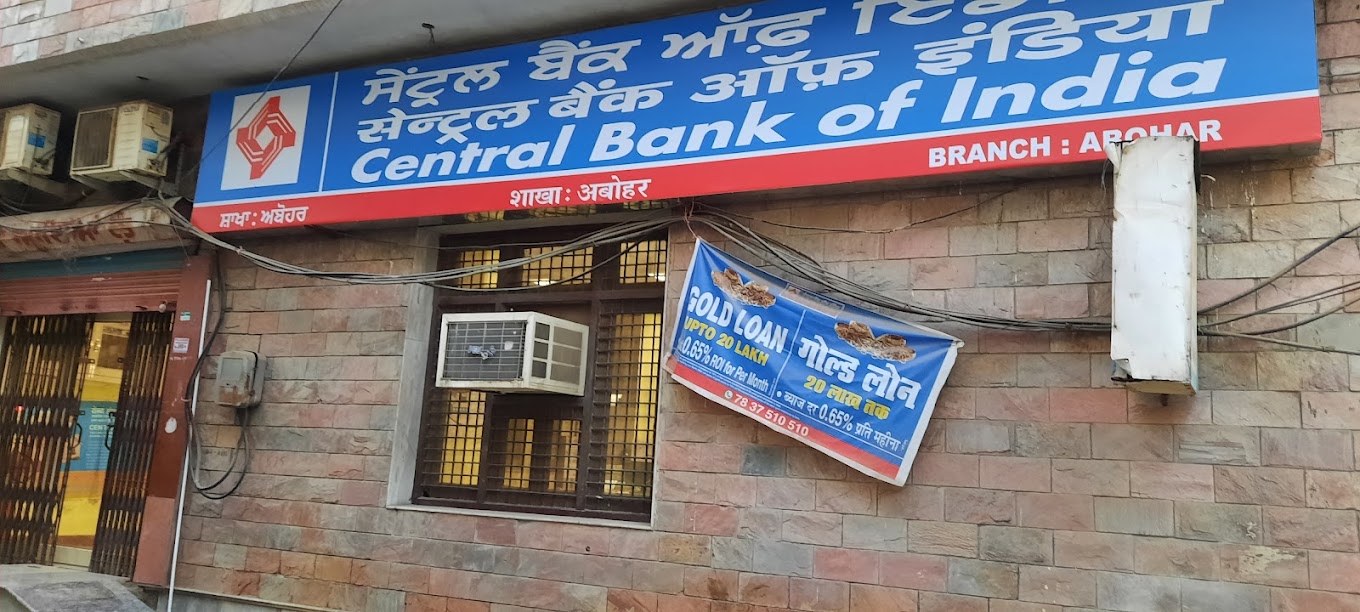Established in 1911, Central Bank of India was the first Indian commercial bank that was wholly owned and managed by Indians, marking a significant milestone in India’s banking history. The vision of Sir Sorabji Pochkhanawala, the bank’s founder, led to the realization of this dream. Sir Pherozesha Mehta, the first Chairman, proudly referred to the bank as a truly “Swadeshi Bank” and a “property of the nation.” Central Bank of India has always viewed itself as the people’s bank, built on the trust and faith of the Indian public.
Over its 113-year history, the bank has faced many challenges and successfully turned them into business opportunities. Some of its pioneering services include the Home Savings Safe Deposit Scheme (1921) to encourage thrift, the establishment of an Exclusive Ladies Department (1924), and the introduction of Safe Deposit Lockers and Rupee Travellers’ Cheques (1926). In 1929, it set up the Executor and Trustee Department, followed by the Deposit Insurance Benefit Scheme in 1932.
After its nationalization in 1969, the bank continued to innovate with the introduction of the Merchant Banking Cell (1976) and Centralcard, its credit card, in 1980. In 1986, it launched the Platinum Jubilee Money Back Deposit Scheme, and in 1989, it started Cent Bank Home Finance Ltd. to provide housing finance. By 1994, the bank had introduced the Quick Cheque Collection Service (QCC) and Express Service to expedite outstation cheque collections.
Central Bank of India has played a significant role in promoting agriculture, small-scale industries, and self-employment schemes for the youth. With a vast network of 4539 branches and 1 extension counter, the bank truly lives up to its reputation as an All India Bank, serving all 28 states and 7 Union Territories. It holds a prominent position in India’s banking sector, with major corporate clients like ICICI, IDBI, UTI, LIC, and HDFC relying on its services.











